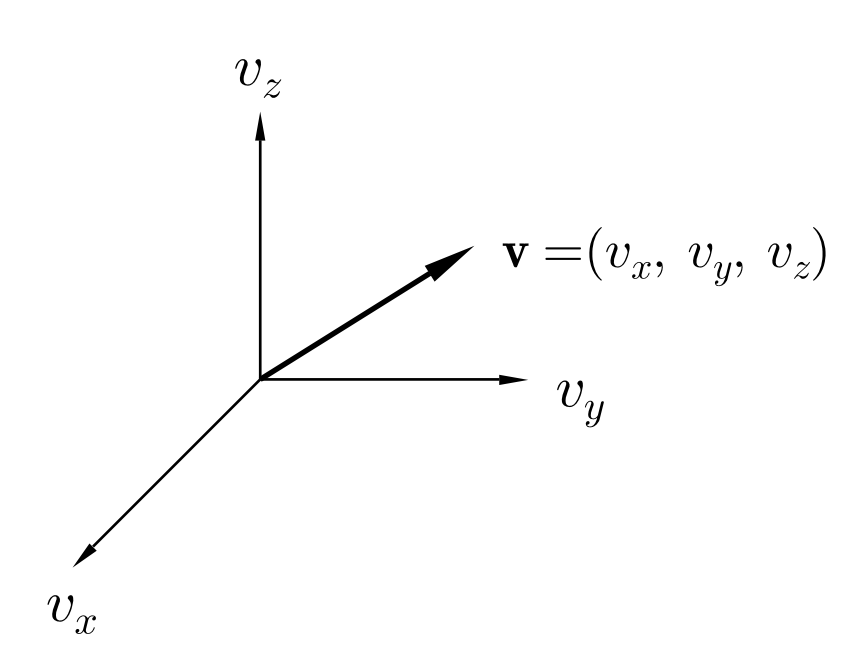Problem: You are given the velocity distribution of a collection of particles \(f(v)\), which is a Gaussian. Find the distribution of acceleration of those particles \(g(a)\).
We know by Maxwell's reasoning that \(g(a)\) must be a Gaussian as well.
Here comes the observation: Although we define second-order derivative from the first-order derivative, we seem not able to derive a function of second-order derivative from a function of the first-order derivative.
$$v=|\textbf{v}|=\frac{\Delta s}{\Delta t}$$
$$\Delta v^2=\Delta v_x^2 + \Delta v_y^2 + \Delta v_z^2$$
$$\Delta v=\Delta(\frac{\Delta s}{\Delta t})=\frac{\Delta^2 s}{\Delta t}$$
$$(\Delta ^2 s)^2= (\Delta^2 x)^2 + (\Delta^2 y)^2+ (\Delta^2 z)^2$$
Metric of the Tangent Manifold
$$du^2=r_{\mu\nu}dv^\mu dv^\nu$$
$$(d^2 s)^2=r_{\mu\nu} d^2 x^\mu d^2 x^\nu$$
$$\frac{d^2 v^\mu}{d\tau^2} + \Sigma^\mu_{\rho\sigma}\dot{v}^\rho \dot{v}^\sigma=0$$
Meaning that the tangent space itself is Riemannian, i.e. the spacetime is locally Riemannian.
Soyjak: Lovelock, page 117

No comments:
Post a Comment